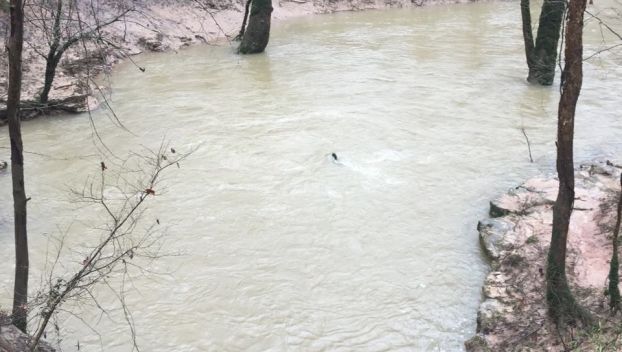
News
‘Good science’ destroyed during shutdown
Jason Polk, a geoscientist and Western Kentucky University professor, prepares for the unexpected. He studies the natural world ... Read more

Jason Polk, a geoscientist and Western Kentucky University professor, prepares for the unexpected. He studies the natural world ... Read more